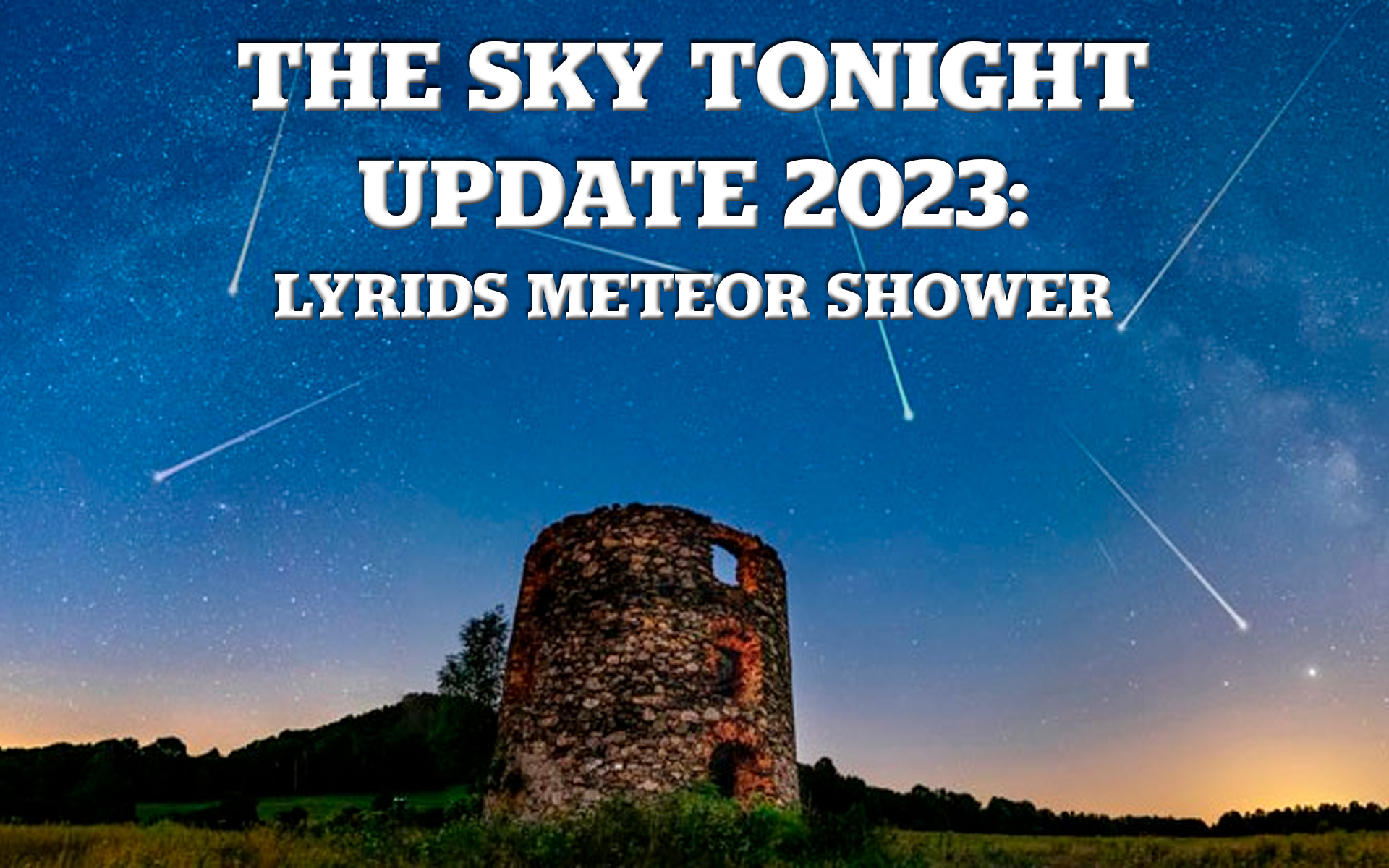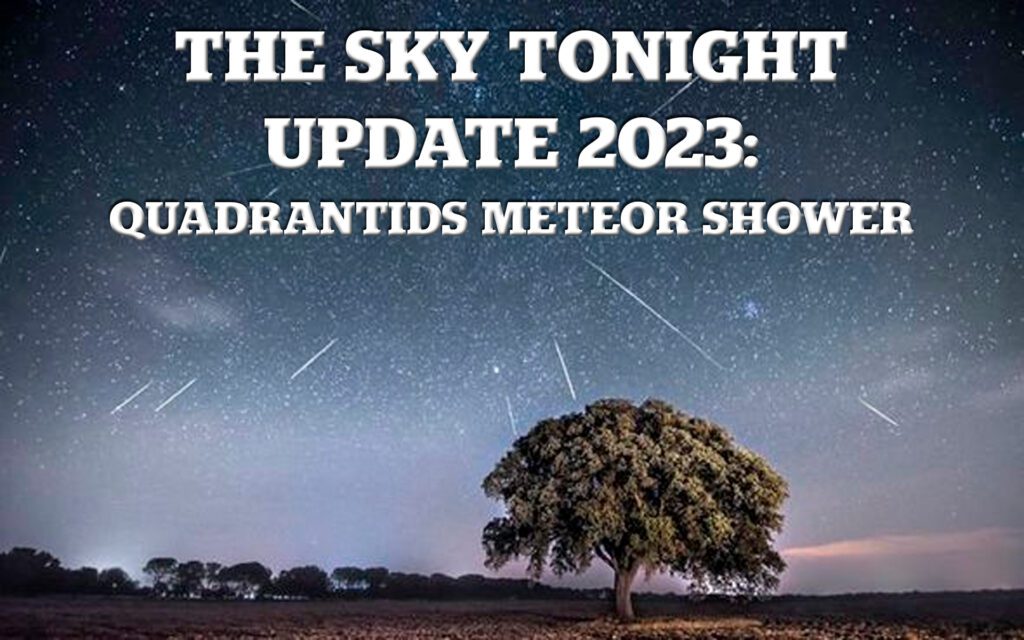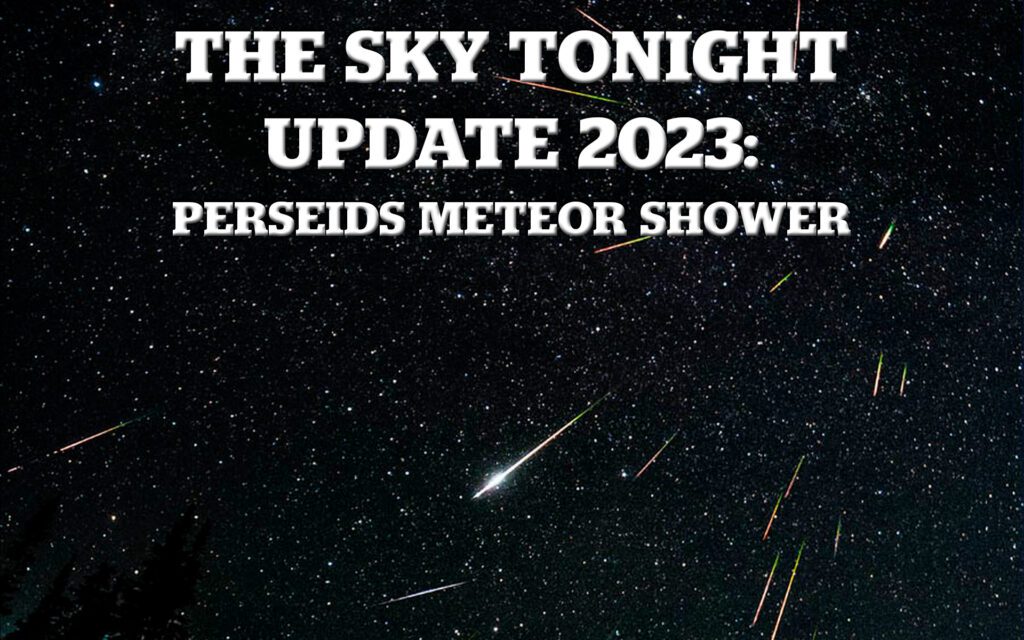The Lyrids is an average shower, usually producing about 20 meteors per hour at its peak. It is produced by dust particles left behind by comet C/1861 G1 Thatcher, which was discovered in 1861.
The Lyrid meteor shower – spawned by this comet – seems to outburst, or produce an unexpectedly large number of meteors, every 60 years. The next Lyrid outburst is due in 2042. The outbursts happen because of the planets’ reshaping the long trail of comet debris left behind by Comet Thatcher in its long orbit. This debris is what intercepts Earth’s orbit yearly, to create the meteor shower.
The shower runs annually from April 16-25. It peaks this year on the night of the night of the 22nd and morning of the 23rd. These meteors can sometimes produce bright dust trails that last for several seconds. The thin crescent moon will set early in the evening leaving dark skies for what should be an excellent show. Best viewing will be from a dark location after midnight. Meteors will radiate from the constellation Lyra, but can appear anywhere in the sky.























